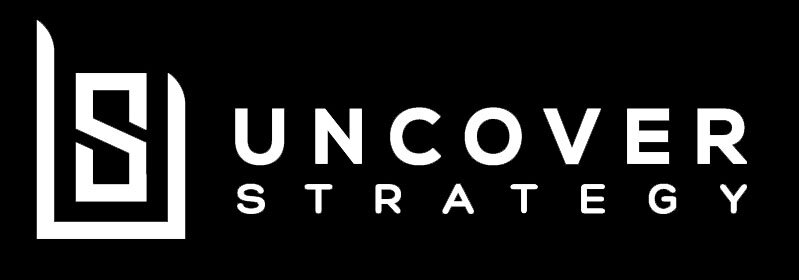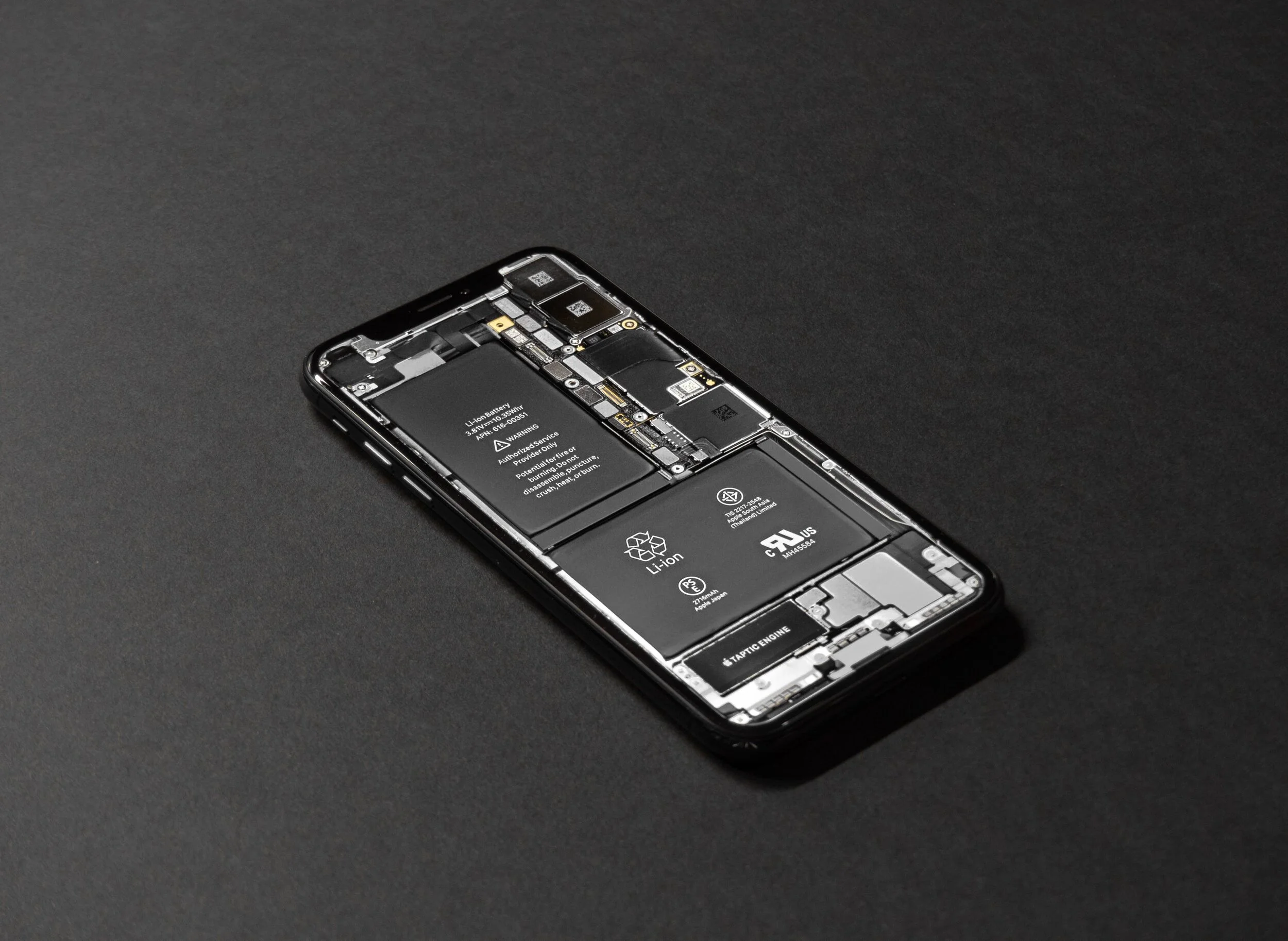How Fixing Phones Helped Me Recognize Business Strategy
Analyzing the Position.
Looking at the big black mark left from the explosion on my desk made me realize: I either have to do this properly or go home.
I just attempted to fix yet another iPhone 4 of a friend of mine.
Usually, this was standard procedure for me: Change display, change the back cover, done. I have done the exact same steps, probably over 40 times before. But this time, it didn't work out as I expected.
The incident.
What I noticed was that the phone battery was in terrible condition. It had already expanded to a respectable size, bending the device's backside a few millimetres out. While telling my friend he would need to also replace the battery because it was in a bad condition, it seemed such as he thought I wanted to sell him yet another unnecessary repair.
Explaining to him that this is a severe issue didn't work. I had to try to make the now dangerously big battery fit into the device with the new backplate (which was perfectly flat, leaving less room for the expanded battery itself). I had to push down on the battery with the back cover, attempting to finish the job and going on to the next one.
If you know a little about batteries, you might understand that pressure (especially punctual pressure and its effects inside) is bad for batteries, especially for those already in bad condition to begin with. While I knew this in the back of my head, I didn't come to the realization at the time of the repair. I would have needed to pre-bend the backplate into the old shape of the battery, which I did not do to save time.
Suddenly, the phone got hot. Very hot. So hot that I dropped the entire phone and cracked the freshly installed display.
Luckily I dropped it. Just after dropping, the battery made its anger known with a big "boom" – shooting off the loose backplate into the corner of my room. At the same time, heavy black smoke evaporated. I sprinted out of the room, leaving the fire alarm sounding. I couldn't go back inside to control the situation. There was too much smoke exiting from the iPhone battery (it is actually amazing how much smoke a little battery can produce and fill a room). You couldn't even see your hand when you walked in. And the smoke smelled very, very poisonous.
I had to think it all through again.
I am glad that I am not fixing phone anymore (at least on a physical level) for friends and family these days. While I have had calculated the occasional "accident" and "warranty case" into my pricing, I didn't consider the field's long-term implications.
Stepping back and looking at the progressed industry structure back then, I came to the conclusion that with my current strategy (I had none, which is a mistake, to begin with), I will lose a simple price war fought based on scale – something that is great for customers, but less appealing for companies.
iPhones were among the hardest devices to repair (next to HTCs, Huawei and LG) - mainly because of the flimsy cables that had to be carefully bent when replacing the screen.
(Photo: Simon Beuse, 2021)
I was doing the same thing as many others: Watching the same YouTube videos (much thanks to IDoc on this note your videos were fantastic) on how to fix phone (yes, that is all you need to do it is not hard), having the same suppliers (eBay is your friend) and mostly the same customer (family and friends, but they would also compare my price with other repair services).
In the beginning, the market was small and intransparent. To fix a phone, in the early days, you might have driven to a bigger city to a "specialty shop" to get it done – at an exorbitant price. Nowadays, if you can wait two days, you can choose express shipping to many shops in Germany and receive it back all fixed up at a fraction of the cost.
Why I had to think about business strategy.
Simply put, I just found myself in the worst strategic position a company could have. According to Michael E. Porter: I competed on the same dimensions as everyone else (see my article on this here).
In the beginning, this was not really an issue. I had unconsciously used at least some market intransparency – people did not know where to fix their phones. They needed someone they trust. And a person sitting in a dim, small room in a big city charging you 400€ for a display change where the phone only costs 500€ felt weird to many.
One model that every business student will encounter is the Five-Forces Model by Michael E. Porter (read original March 1997 article here on hbr.org).
I have put the model together on my progressed situation back then (this is very rough and was just thrown together, but I felt that it would convey the message):
Porter’s Five Forces | Emerging German Phone Repair Business (Rough Business Analysis)
(Source: Simon Beuse, 2021)
It showed me indicators that I was on the wrong track. I did what everyone else did – and as a company, that is certainly not good for you. Prices will drop, your margins will fall, etc. etc. – you know the word competition.
But most importantly, it showed me that after analyzing the market (which is not easy to do correctly) I would have to make some changes to my current situation to escape this war.
I even went as far as designing a logo in collaboration with an Indian graphics designer. After abandoning the idea of continuing with phone repairs, I never thought I would actually use this logo again. Yet, I am now finally using it (even if for an entirely different purpose than intended).
(Photo: Simon Beuse, 2021)
I gave thoughts to the idea of bringing this hobby to scale. And I had many ideas to set myself apart from the competition and innovate in the field. But I decided differently.
Acting on my personal strategy.
I certainly played with the thought of making this hobby bigger – but I am happy now that I did not do this. When I looked at the bigger picture, it did not fit into my overall personal strategy. I was in the middle of my B.A. and already had other thoughts about where I wanted to go. Sitting here at 5:48 A.M. in Adelaide writing this, I am so pleased that I did not pursue that path.
This is why I let it go.
Most importantly, I learned many things in addition to fixing phones, realizing that a strategy is essential and something you should not put off to think about later.
I am happy I went in the other direction and can now talk about what I love even more than changing a display on phones: analyzing why it would have been a bad idea to pursue that business from a strategic perspective (assuming no innovation would have happened).
References
Harvard Business Review 2017, Why Every Organization Needs an Augmented Reality Strategy, 17 November, viewed 12 February 2021, <https://hbr.org/2017/11/why-every-organization-needs-an-augmented-reality-strategy>.
https://hbr.org/1979/03/how-competitive-forces-shape-strategy





